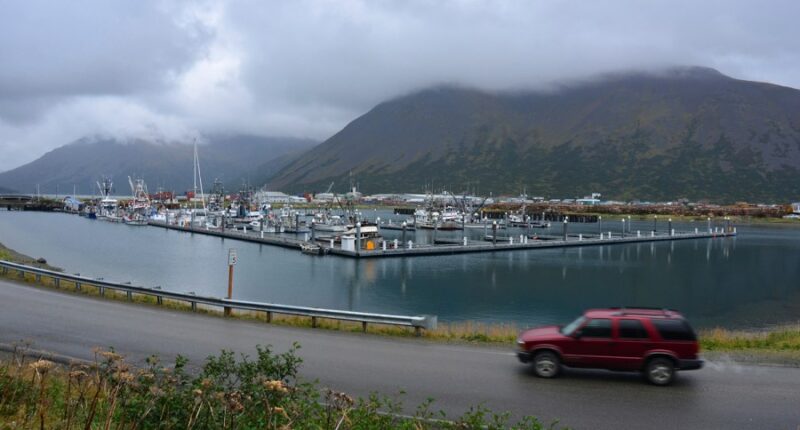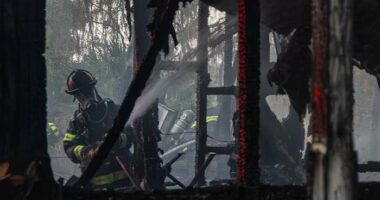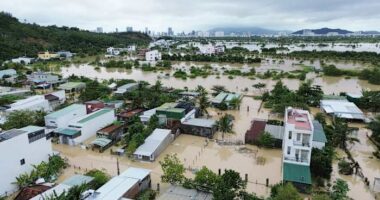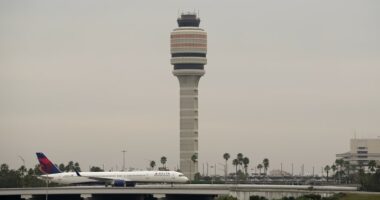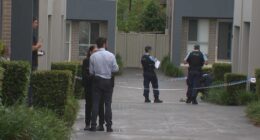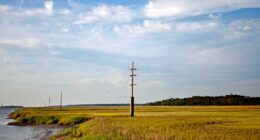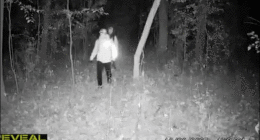Share this @internewscast.com

ANCHORAGE, Alaska (AP) — After a strong offshore earthquake on Wednesday, communities along a 700-mile (1,127-km) stretch of Alaska’s southern coast instructed residents to move to higher elevations. However, officials soon downgraded and then lifted the tsunami warning for the region. No major damage was reported.
According to the Alaska Earthquake Center, the earthquake, initially measured at magnitude 7.3, hit at 12:37 p.m. local time, positioned south of Sand Point, a community of around 600 individuals located on Popof Island in the Aleutian chain.
There were 40 aftershocks detected within the first three hours, the center said.
“We’ve observed other quakes in this area that did not result in major tsunami waves, but we are treating the situation with caution, adhering to our protocols, and ensuring that communities are informed so they can initiate their evacuation steps,” stated Jeremy Zidek, a representative from Alaska’s emergency management division.
The quake was felt as far away as Anchorage, almost 600 miles (966 km) to the northeast.
The National Tsunami Warning Center issued a warning for an area stretching from about 40 miles (64.4 km) southwest of Homer to Unimak Pass, a distance of about 700 miles (1,126 kilometers). Among the larger communities in the area was Kodiak, with a population of about 5,200. The warning was downgraded to an advisory about an hour later, and canceled just before 2:45 p.m.
The highest water level generated by the earthquake in Sand Point was not quite 2.5 inches (6.3 cm) above the tide, the center said.
“There’s no damage at the airport, doesn’t appear to be any damage at the harbor, no damage to speak of, really,” Sand Point Police Chief Benjamin Allen said.
There was some damage — in the form of broken bottles — at the Alaska Commercial general store in town. Manager Vickey McDonald said about half of the store’s alcohol aisle had crashed and shattered.
“I’ve got liquid smoke and barbecue sauce and pickles … broken on the floor,” McDonald said. “It smells horrendous in here.”
In Unalaska, a fishing community of about 4,100, officials urged people in possible inundation zones to move at least 50 feet above sea level or 1 mile (1.6 km) inland. In King Cove, which has about 870 residents on the south side of the Alaska Peninsula, officials sent an alert calling on those in the coastal area to move to higher ground.
Tourists Jodie Stevens and her husband, Aaron Park, were looking at the puffins at the Alaska SeaLife Center in Seward when they heard someone yelling that there had been an earthquake and they needed to evacuate. They walked a few blocks uphill in the rain, with a woman from the center yelling to those they passed to get to higher ground.
They were about halfway to the official high ground spot when they heard a siren signal that all was clear, she said.
The National Weather Service said in posts on social media that there was no tsunami threat for other U.S. and Canadian Pacific coasts in North America, including Washington, Oregon and California.
Alaska’s southern coast is earthquake-prone, and Wednesday’s was the fifth in roughly the same area since 2020 exceeding magnitude 7, state seismologist Michael West said.
“Something’s moving in this area,” he said. “I would not call this an isolated earthquake. It appears to be part of a larger sequence spanning the last several years.”
That has the attention of seismologists, he said.
“This area has been and remains capable of larger earthquakes and earthquakes capable of significant tsunami damage,” he said.
___
Bohrer reported from Juneau, Alaska. Associated Press writers Hallie Golden in Seattle and Lisa Baumann in Bellingham, Washington, contributed.
